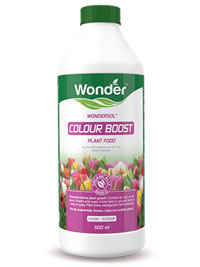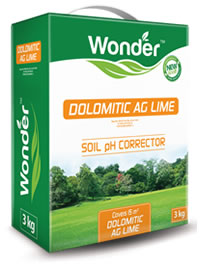There’s something magical about the sweet scent of sweet peas wafting through the garden. Their delicate flowers and heady fragrance bring a touch of romance to any outdoor space. Whether climbing up trellises or forming bushy mounds in containers, sweet peas are a rewarding plant to grow, and they fit perfectly into an organic garden.
Why Grow Sweet Peas?
Apart from their undeniable beauty and scent, sweet peas serve a practical purpose in the garden. They attract pollinators like bees and butterflies, making them a fantastic companion plant for vegetable gardens. The more pollinators around, the better your crops will grow! Plus, the more you pick their flowers, the more they bloom - so they’re ideal for those who love having fresh, fragrant bouquets indoors.
 with MayFord |
 Complete Organic Fertiliser |
Preparing the Soil Naturally
To get the best out of your sweet peas, start with well-prepared soil. These plants are quite greedy, so enrich the soil by digging in plenty of compost and organic matter. Adding bone meal or an organic fertiliser like BioOcean will give them the nutrients they need to grow strong and healthy. A dusting of agricultural lime can also help balance the soil’s pH, creating the perfect environment for their roots to thrive.
Planting Sweet Peas
Sweet peas come in climbing and dwarf varieties, so choose one that suits your space. Climbing types need support, such as bamboo tepees, obelisks, or trellises. If you’re growing them in containers, ensure they have enough depth to establish strong roots.
To plant:
- Press seeds about 10cm apart and 1cm deep into the prepared soil.
- Sprinkle your organic fertiliser over the surface.
- Water well and keep the soil consistently moist.
If you’re introducing children to gardening, sweet peas are a great choice—they’re easy to grow, and their rapid progress keeps young gardeners engaged.
 established with Wondersol |
 give them the Ph they need |
Caring for Sweet Peas the Organic Way
Once your sweet peas germinate, feed them regularly with an organic liquid fertiliser, such as Wondersol Colourboost or a Earthwormade worm tea, every couple of weeks. Mulching around the base of the plants will help retain moisture and suppress weeds. As temperatures rise in spring, make sure to water them consistently, as dry soil can reduce their flowering potential.
Deadheading spent flowers or cutting fresh blooms for indoor arrangements will encourage continuous flowering throughout the late winter and spring season. Plus, nothing beats the joy of bringing a handful of fragrant sweet peas indoors!
Enjoy the Fragrance and Beauty
Very few people can resist the charm of sweet peas. Their butterfly-like blooms come in a spectrum of colours—from soft pastels to vibrant reds and purples. If you want the most highly scented varieties, consider growing heirloom or antique sweet peas. These older varieties may produce slightly smaller flowers, but their perfume is unmatched.
With a little care and some organic love, sweet peas will reward you with months of gorgeous, fragrant flowers. So, whether you’re a new gardener or just love growing beautiful things, why not add some sweetness to your garden this season?






